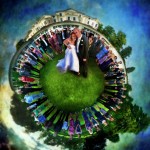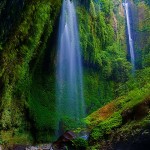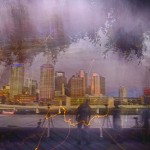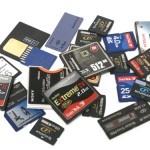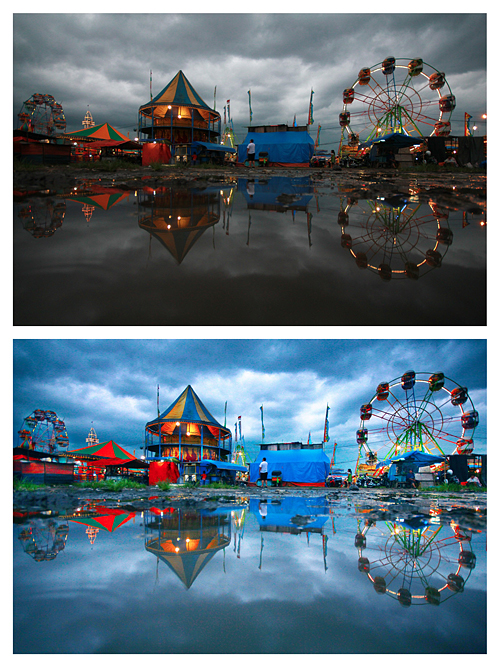
As a novice photographer, or as someone starting out in learning the craft, your need of digital post-processing is inevitable. Now more than ever, digital processing softwares are popping up everywhere. Whether it be the instant kind (like Instagram, Hipstamatic, or ToyCamera) or the manual professionally-aimed ones (such as Adobe Photoshop, Aperture, or Lightroom), there’s now something for every one.
Now the question is, how far is too far when editing a photograph? This post will discuss some boundaries that are accepted in the photography world.
Digital processing in photography is generally used for 4 reasons:
1.Digital processing for personal use
There really are no boundaries as to what you can do with your photos if it’s only for personal use. You’re free to skew it any whichever way possible in any way you want. Even if it’ll be showcased in an exhibition later on, the creation will wholly be for your own sense of satisfaction.
2.Digital processing for photography competitions
There are usually rules to follow in photography competitions. And more often than not, there are specific rules regarding digital processing and alterations. There are also times when absolutely no digital processing is permitted. So this solely depends on the competition’s committee. Then there are cases were the contestants are free to any sort of digital processing. But one thing you must remember, anything you add or edit must all be your original work.
3.Digital processing for commercial purposes
In digital processing of commercially used photographs, there is usually an agreement made between the photographer and the client. There are times when clients request special processing done to the photos; such as removal of any blemishes and impurities on the faces, a slimmer appears, or a brighter complexion of the skin. Here, the photographer’s boundaries and expectations are set by the clients.
4.Digital processing for photojournalism.
In the public world of photography, rules of digital processing are very strict. In the world of photojournalism, it’s forbidden to add or remove any element of a journalistic photograph. This is because works of photojournalism needs to honestly convey facts of the depicted events. Digital processing can potentially alter facts and distort its meaning.
There’s a cautionary tale in the story of Liu Weiging about the dangers of altering photographs. Liu Weiging was a photographer for the Daging Evening News. This 2006 award-winning photographer was then fired because it was discovered that his photograph depicting 20 Tibetan antelopes crossing underneath a railroad bridge in Ginghai was proven to be a fake.
“Liu’s crimes were uncovered when his award-winning photograph was published on the internet. A zoologist did a research on the Tibetan antelope. According to the expert, the Tibetan antelopes are very sensitive to any sort of noise. But the antelopes looked calm in the photograph, despite the fact that they were near railroad tracks. Added to the fact that at that precise moment, a train was rapidly crossing the tracks.”
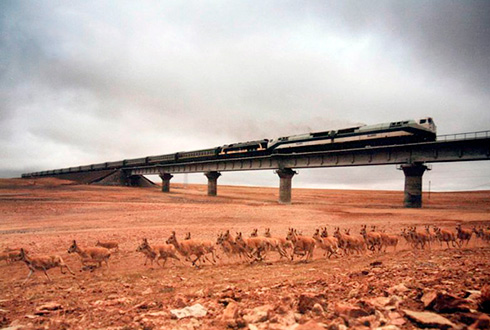
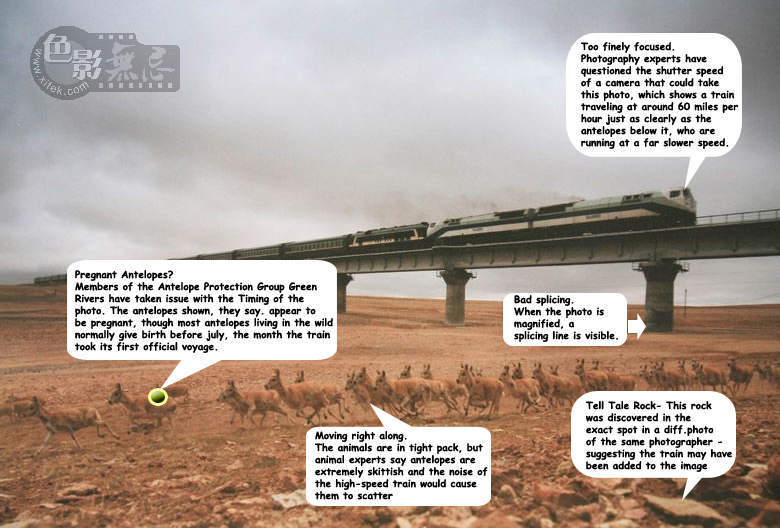
source : ecotibet
Digital processing is of course not 100% forbidden in the world of photojournalism. The use of photo-processing softwares to sharpen, lighten/darken, or fixing the white balance of a photograph is still permitted. This of course as long as it doesn’t disrupt or alter the meaning and story depicted in said photograph.
